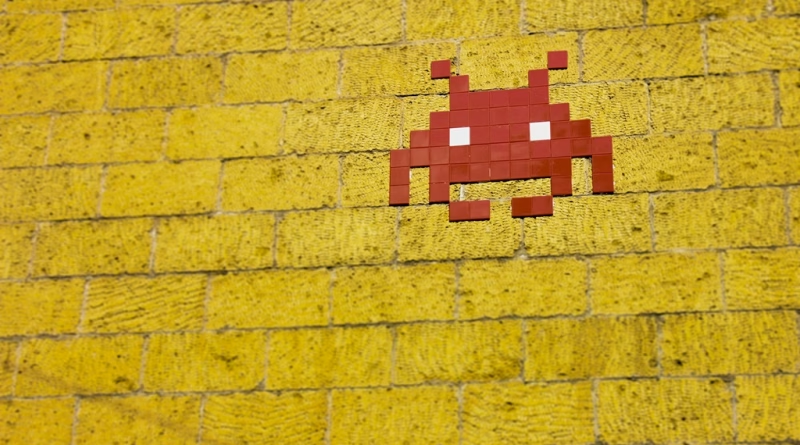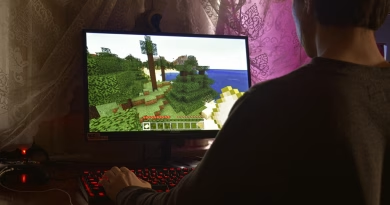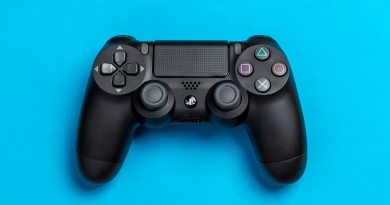Retro Gaming in 2025: Why Pixels Are Still Profitable
Retro Gaming in 2025: Why Pixels Are Still Profitable
by Logan Pierce
In an era of hyperrealistic ray tracing, AI-driven NPCs, and $200 million development budgets, it seems counterintuitive that pixel art games continue to thrive—but here we are. From breakout indie hits to retro console revivals, the past is still very much the future of gaming.
So what gives? Why are players—and developers—still flocking to low-res, old-school aesthetics in 2025?
🎮 The Power of Nostalgia
Let’s start with the obvious: millennials and Gen Z grew up on 8-bit and 16-bit classics. Whether it’s Super Mario World, Castlevania, or Pokémon Red, pixel art isn’t just a style—it’s a memory trigger.
“Retro games remind us of a time when gameplay was king and stories were simple, yet powerful.”
— Indie dev at GDC 2025
As retro gaming influencers grow on platforms like YouTube and TikTok, they bring entire new generations into the pixelated fold.
💸 The Business Case: Small Budgets, Big Returns
Developing a pixel-art game in 2025 is still vastly cheaper than 3D AAA production:
- No need for complex motion capture
- Smaller teams can build entire games solo or in pairs
- Faster production pipelines using modern tools like Godot, Unity 2D, or even AI-enhanced sprite generators
That translates into higher profit margins. Games like Celeste, Stardew Valley, Vampire Survivors, and Sea of Stars prove that a solid pixel-based game can generate millions with minimal upfront investment.
📈 Pixel Art Is a Brand Now
Retro visuals used to be a workaround. Now, they’re a deliberate choice.
In a crowded Steam or mobile marketplace, pixel games instantly stand out. They signal “indie authenticity” and artistic intent—often earning goodwill before players even press Start.
Some developers even intentionally mimic hardware limitations (limited color palettes, sound channels) to tap into this “retro cool” branding.
🧠 Less Is More: Design over Spectacle
Today’s audience—especially indie lovers—isn’t asking for visual spectacle. They want:
- Tight gameplay loops
- Clever level design
- Strong emotional or narrative payoff
- Instant-on fun (not 100GB day-one patches)
Pixel art facilitates this. It’s lightweight, readable, and doesn’t get in the way of mechanics.
🛍️ Retro Sells Beyond Games
Retro gaming in 2025 isn’t just about the games. It’s a culture:
- Physical cartridges and repro consoles are selling on Etsy, eBay, and collector sites
- “Demake” versions of modern games (like Bloodborne PS1) go viral
- Soundtracks are sold as vinyls
- Merch from 8-bit franchises moves fast on crowdfunding platforms
It’s not just nostalgia—it’s an entire economy.
🚀 New Tech, Old Look
Ironically, today’s tech is supercharging retro dev:
- AI tools accelerate sprite creation
- Procedural generation adds depth to roguelikes
- Cloud platforms make it easier to distribute across devices (yes, you can play pixel games on your smart fridge)
Retro is no longer a limitation. It’s a creative aesthetic, backed by modern flexibility.
🎯 Final Thought:
In 2025, retro gaming isn’t going away—it’s evolving, expanding, and monetizing better than ever. Pixels aren’t just profitable. They’re powerful. In a world of over-designed AAA games, sometimes all we want is a clean jump, a catchy chiptune, and a save point that works.



